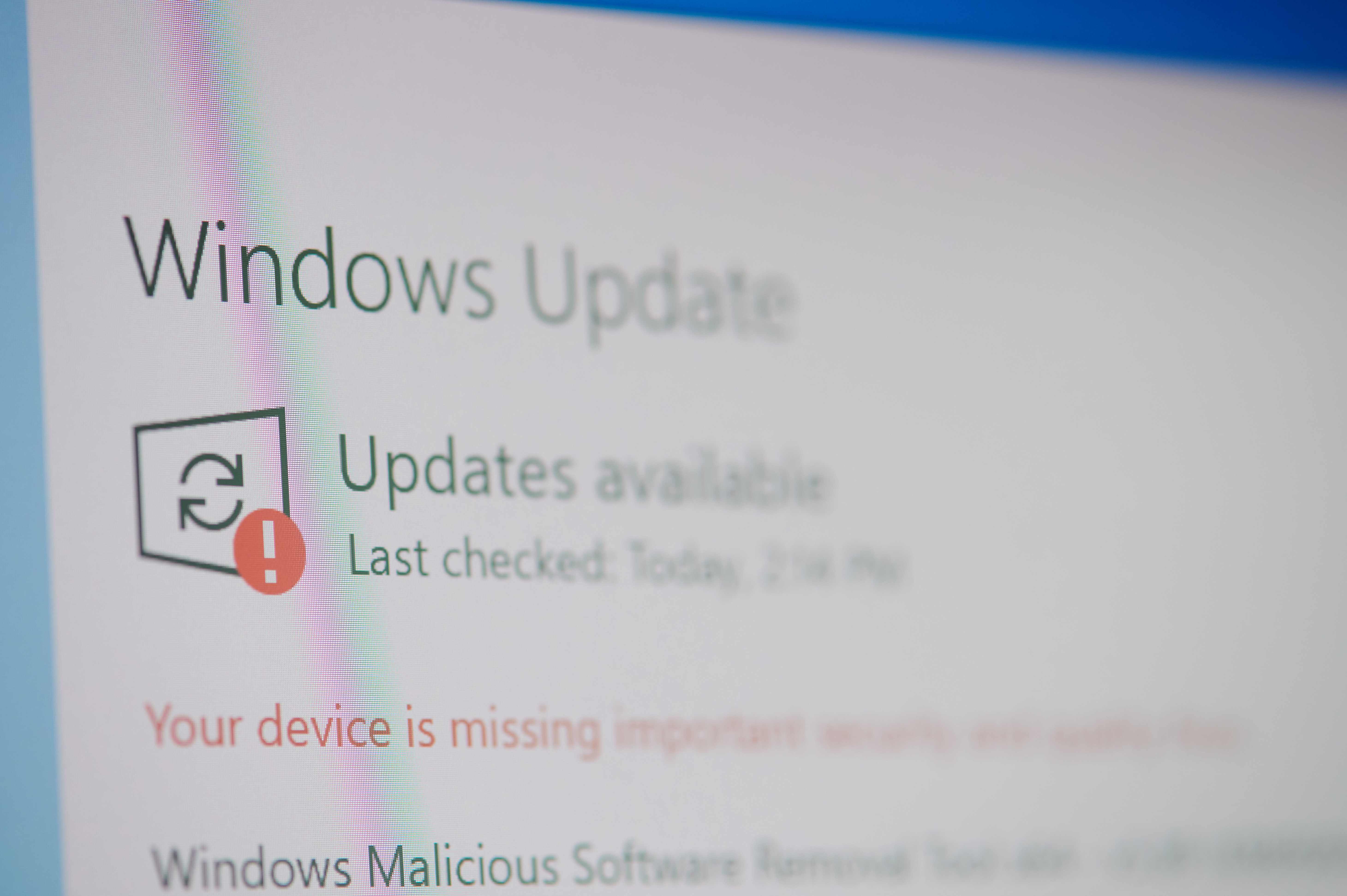Windows 10 isn't end-of-life yet, but you'll soon be paying extra to keep it around.
About a year ago, we talked about Windows 11 and its upgrade timeline. As we said back then, the Windows 10 operating system (OS) is still being maintained until at least late 2025 – however, as that time draws nearer, pressure is increasing from Microsoft to upgrade.
The latest example of this pressure is a recently announced change to newly manufactured Windows devices: starting soon, Windows desktops and laptops will ship configured for Windows 11, and downgrading to Windows 10 will require an extra expense of time and money. This has already happened for some models, and others will be following in the coming days.
What does this mean for me?
Only newly purchased devices are affected by this change. Any Microsoft laptop and desktop computers your organization currently uses aren’t affected (although Microsoft sneaking an OS upgrade into routine patching has happened before, and it’s something we actively monitor for our clients).
However, any new workstations you purchase are now likely to come pre-loaded with Windows 11 by default. If you need to keep your team using Windows 10 (for one of several reasons), Microsoft will still allow these new devices to be downgraded; however, Microsoft is also requiring manufacturers to add an additional one-time per-device downgrade charge of approximately $130.
Windows 11 and Windows 10 devices can be used within the same environment, so your team may have a mixture of both for a while. Supporting two different operating systems often means extra effort and strategic planning for configurations, security, and support for your team, but you may find it’s worth the additional effort depending on your unique needs.
Why not just upgrade all my devices right now?
For some organizations, this situation has a straightforward solution: depending on your software and operational complexity, upgrading your workstations to Windows 11 in the near future might be your best option. Windows 11 is where Microsoft’s money, time, and expertise are now focused: moving away from Windows 10 is an inevitability.
However, every change comes with risk of disruption. For example: Windows 11 is not currently optimized for every unique industry use case or line-of-business (LOB) application you may be using, and if your industry requires a specific piece of software to function, it’s entirely possible that the software’s developers haven’t fully configured it for Windows 11. And even if it technically works with the new OS, the software might be poorly optimized to run on Windows 11, meaning slower performance times or more time-wasting errors.
Staying on Windows 10 for a bit longer might give those developers time to upgrade it to the new system – or give you time to find a new application that can maintain support past 2025.
What should I do about this?
If your organization needs Windows 10 to continue functioning:
In the short term: your only option when buying new devices might be to pay the Windows 10 downgrade fee for every device. It’s possible (but not guaranteed) that you’d be able to find devices for purchase that are still pre-loaded with Windows 10 by default, but these are selling fast and purchasing them might not be a sure bet.
In the long term: start preparing for your specialized LOB apps to make the eventual transition to Windows 11. Have these apps’ developers said anything about the change? Have they already worked out the kinks of running on a new system? This might warrant a strategic planning & lifecycle conversation with your IT team, to determine when you’d switch to Windows 11 and (if the LOB app seems unlikely to update anytime soon) whether you’ll need to start searching for alternative solutions.
If your organization can safely upgrade to Windows 11:
Start making a plan for when you’ll upgrade all your Windows 10 devices to the new OS. Even if you don’t use any specialized software (LOB apps) or hardware (printers, time clocks, bar code scanners, etc.), any upgrade comes with the risk of disruption, so you’ll want to manage this period of change alongside your IT team. As a general rule, you should avoid making any unnecessary changes during high-stress or time-sensitive periods of your organization’s work year.
Either way, make a plan.
Whether you have to stay on Windows 10 for a while longer or are able to switch tomorrow, planning ahead is one of the best ways to weather any technology change. That’s why Mytech focuses on providing strategic IT planning and budgeting services for our clients. By preparing your team for these changes in advance, you can maintain continuity and protect your business’s critical functions, even in the midst of uncertainty.

